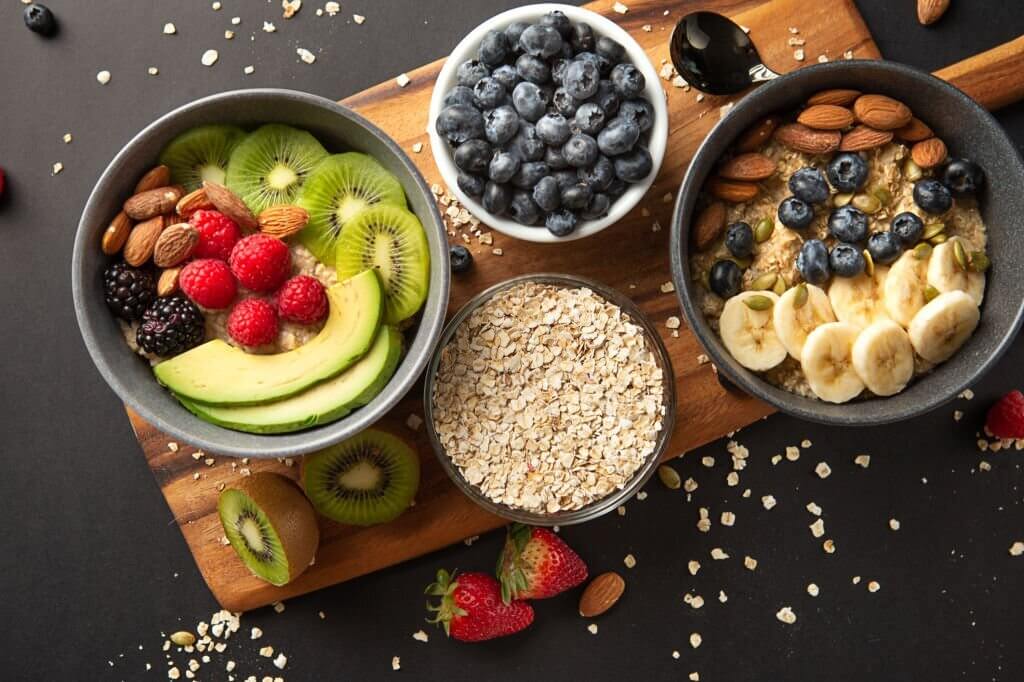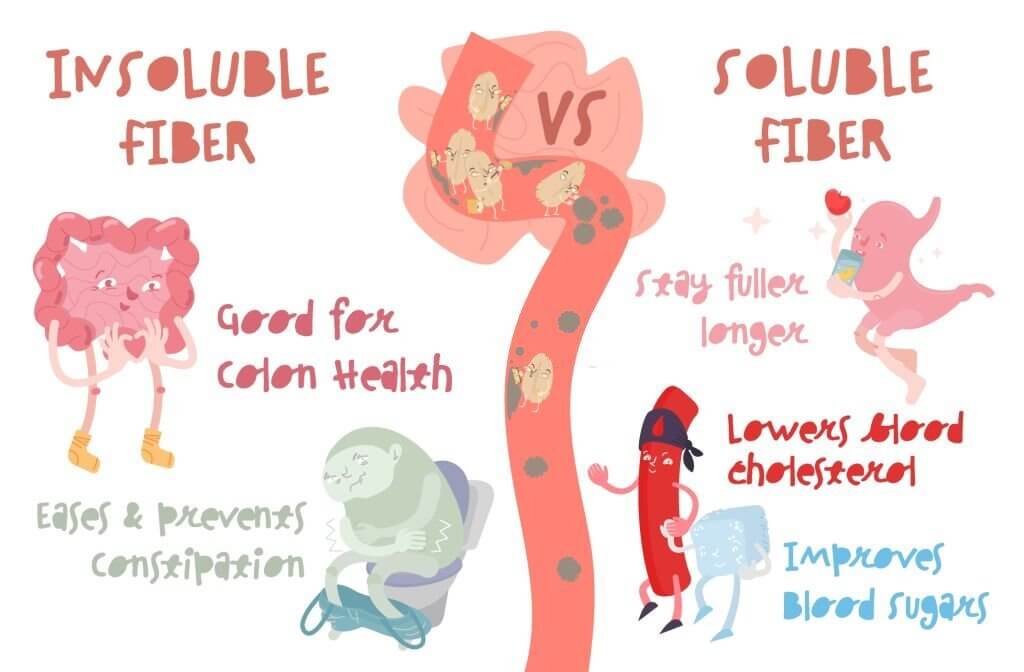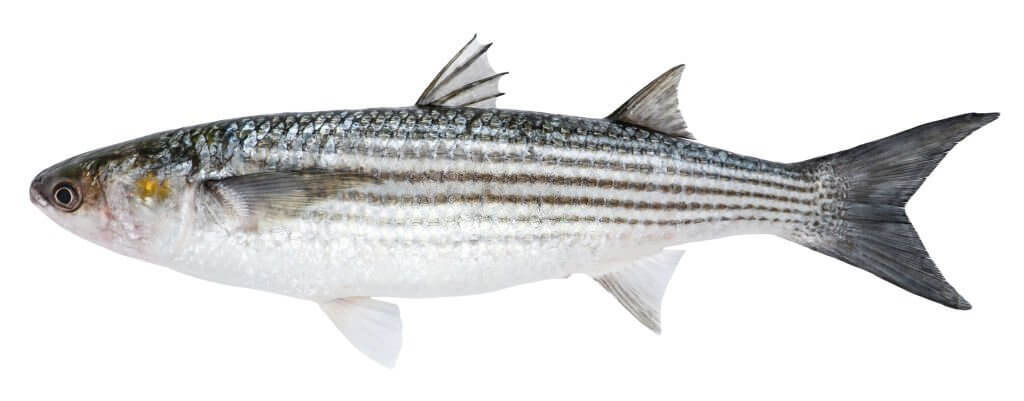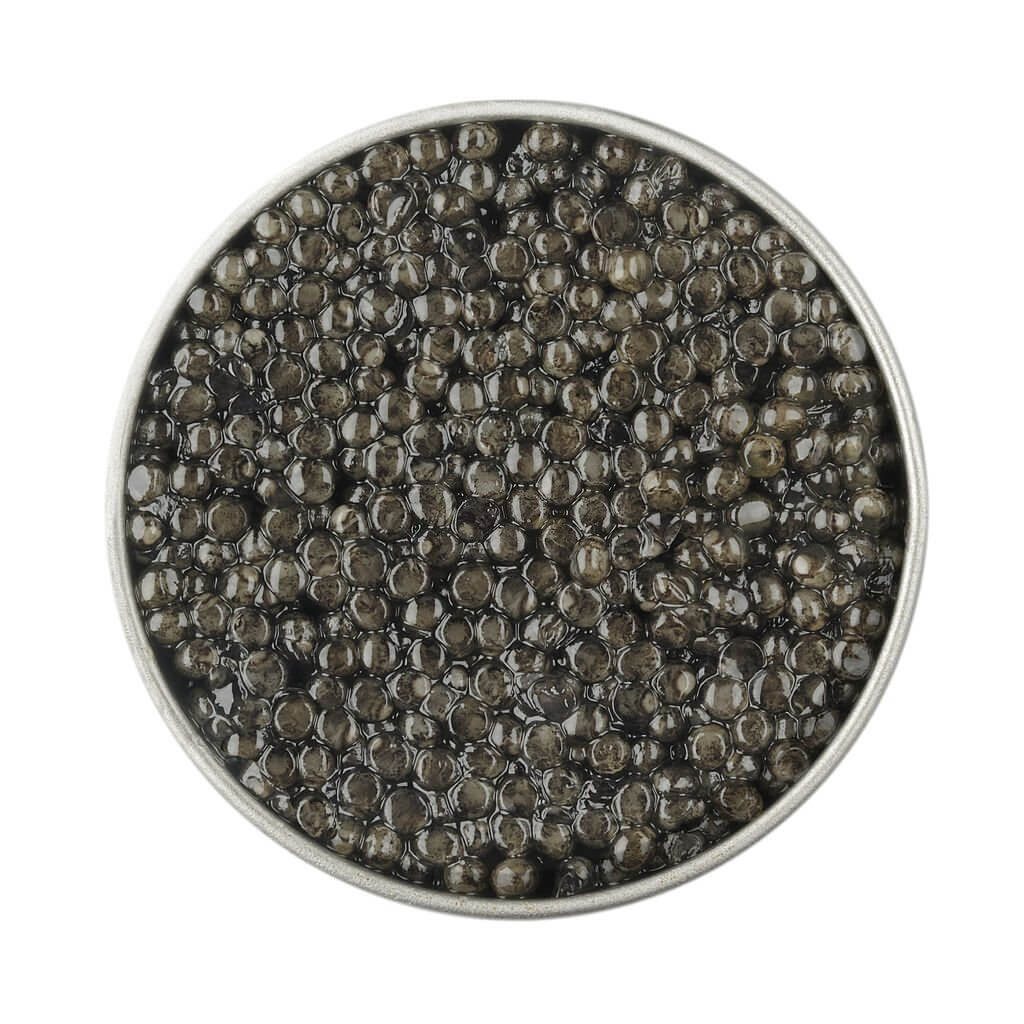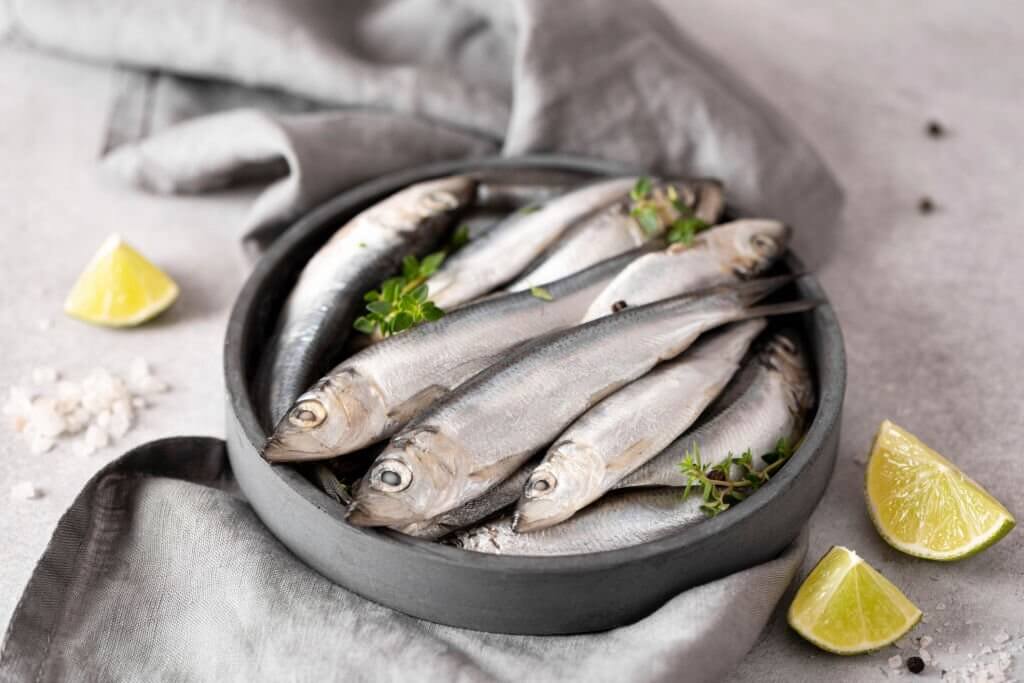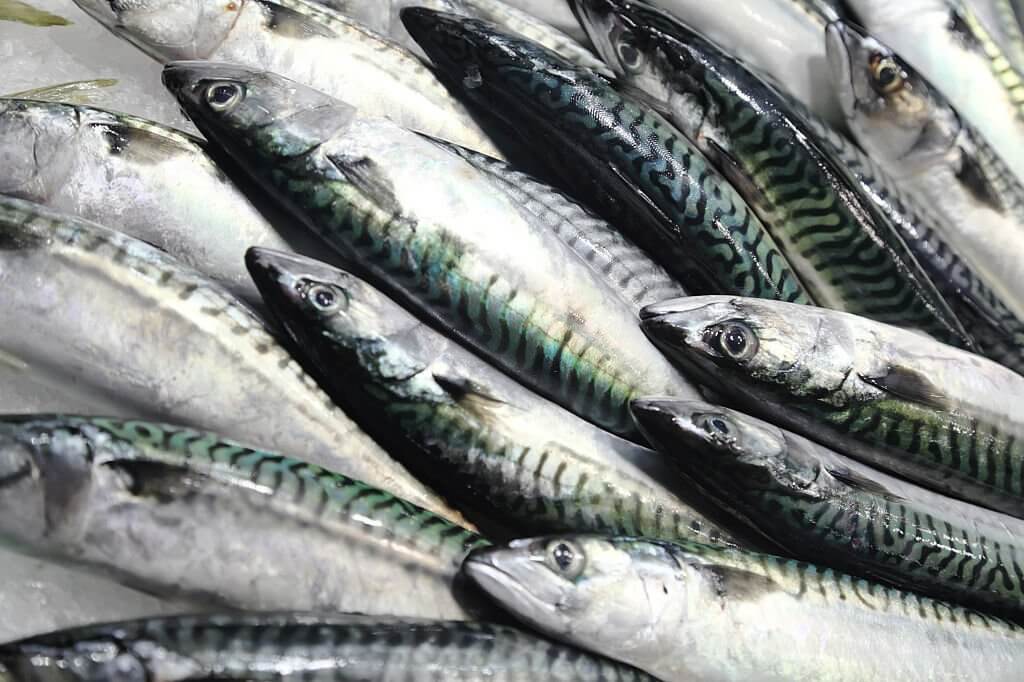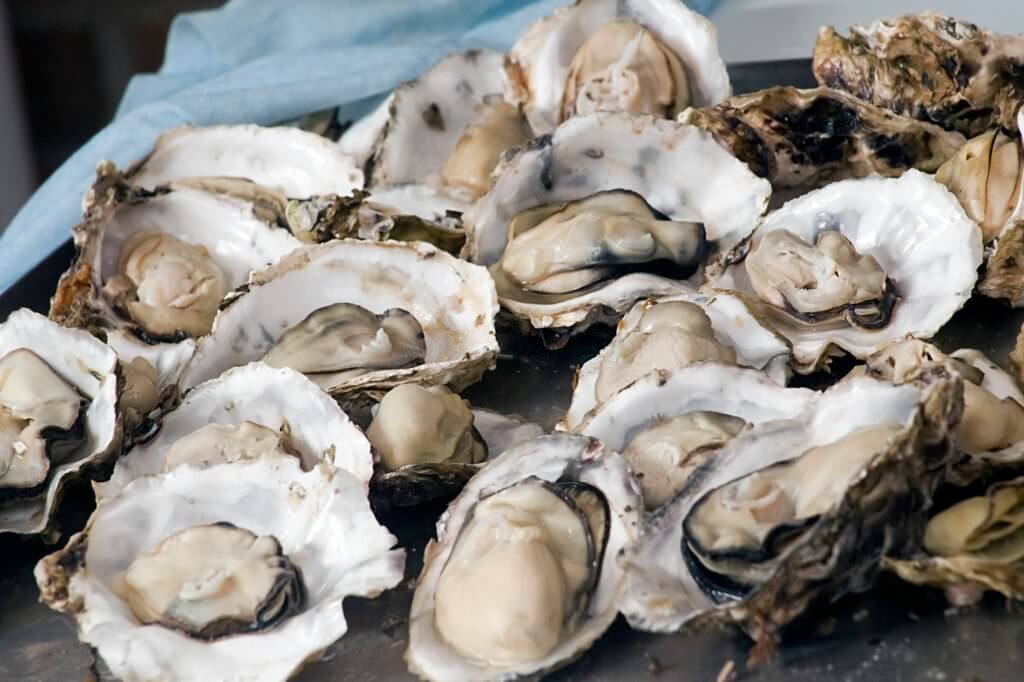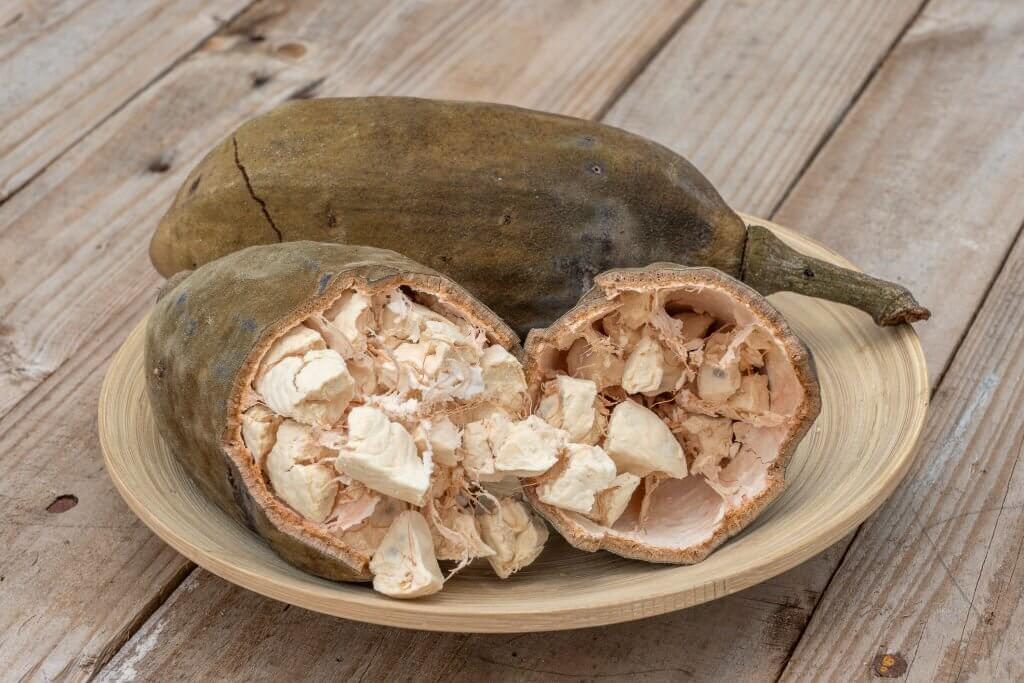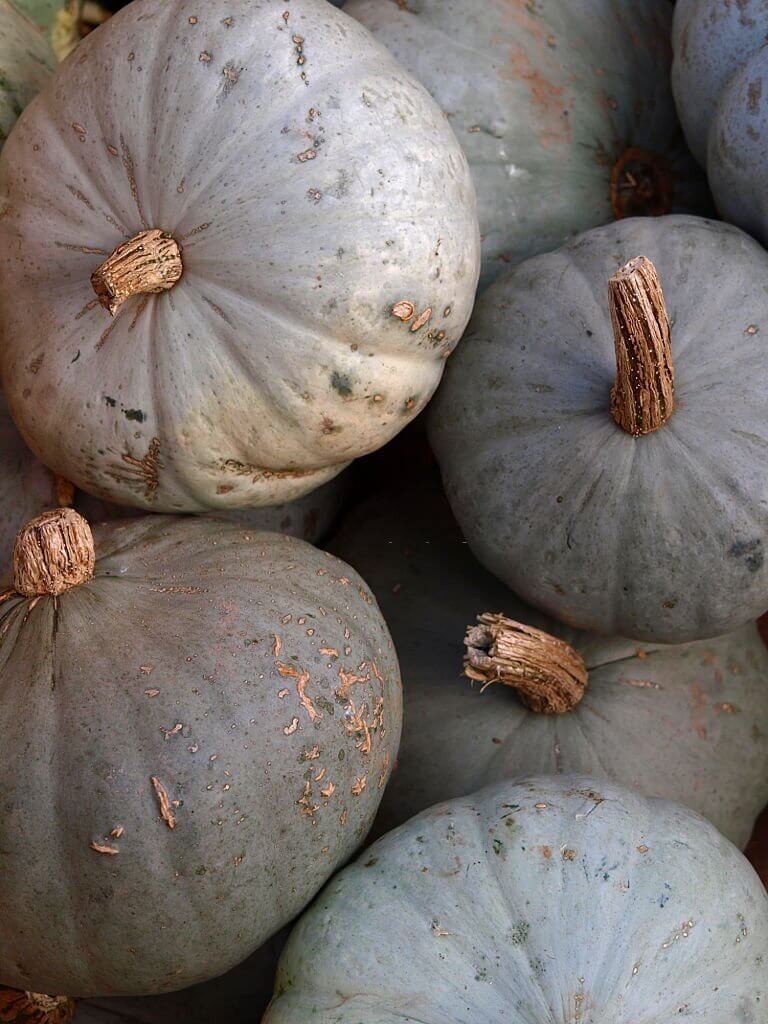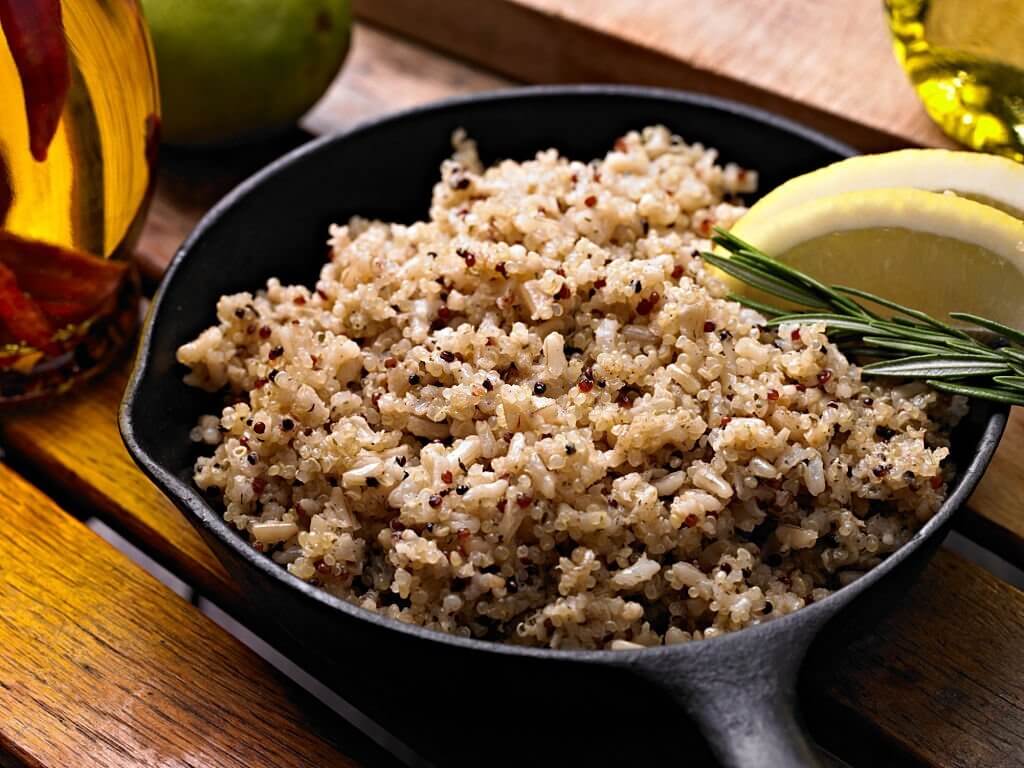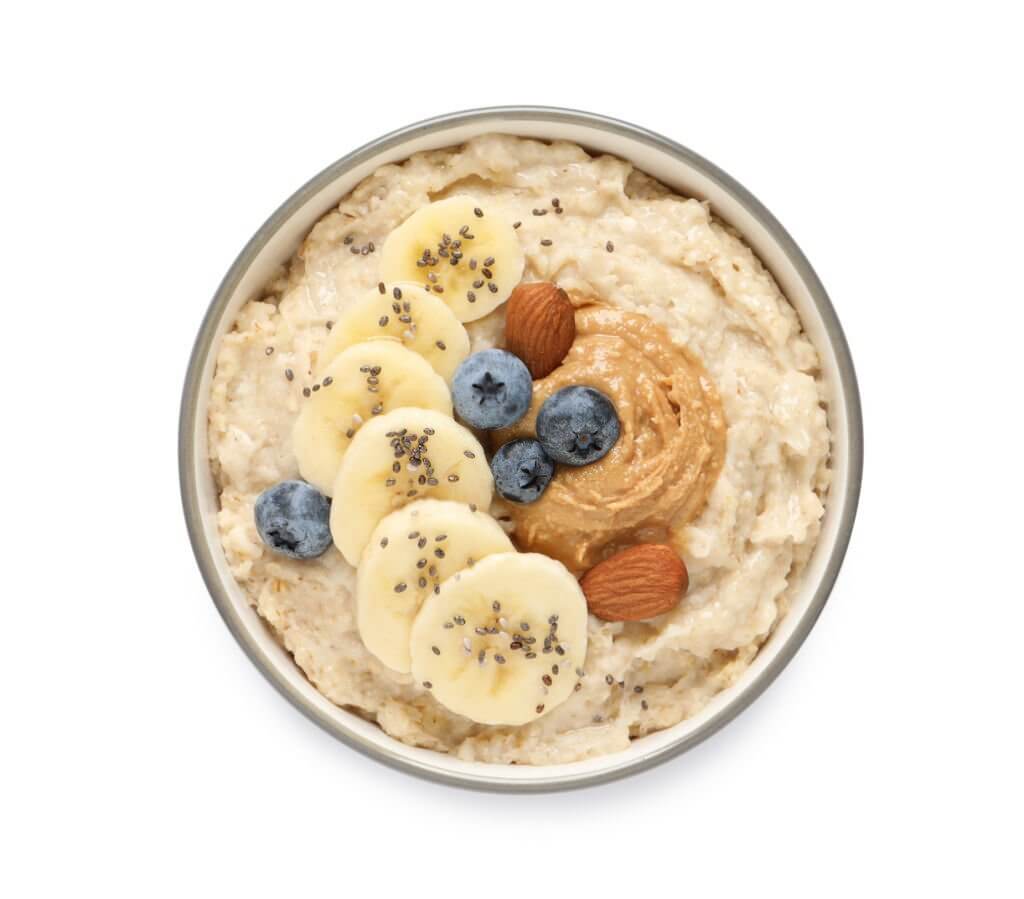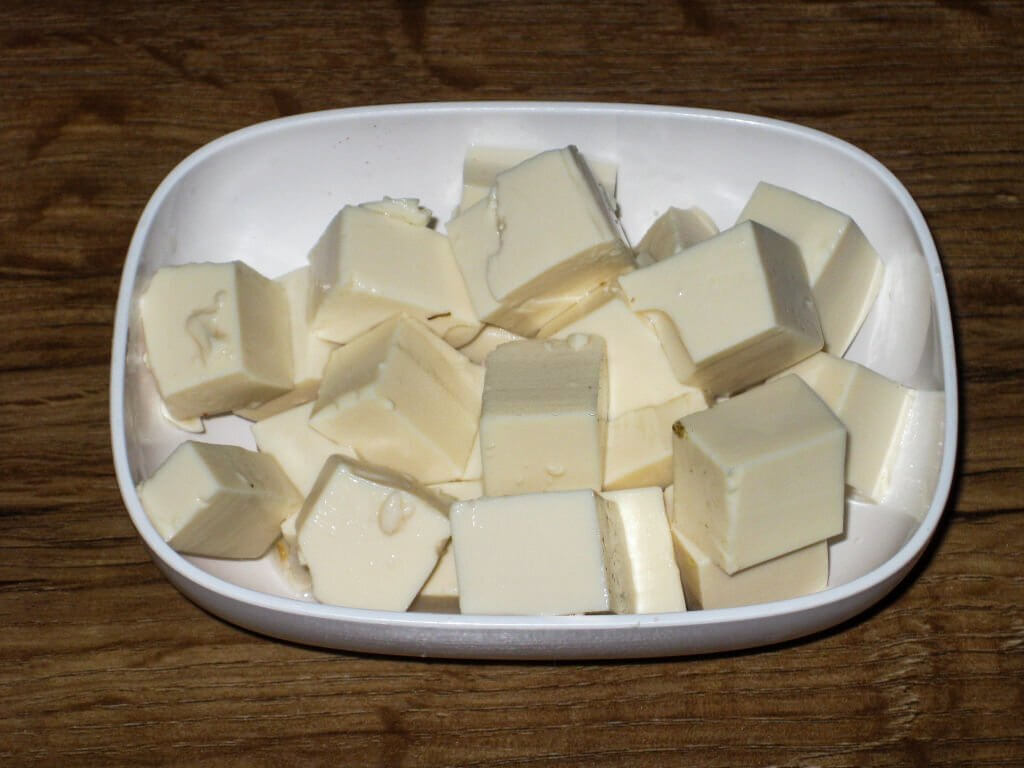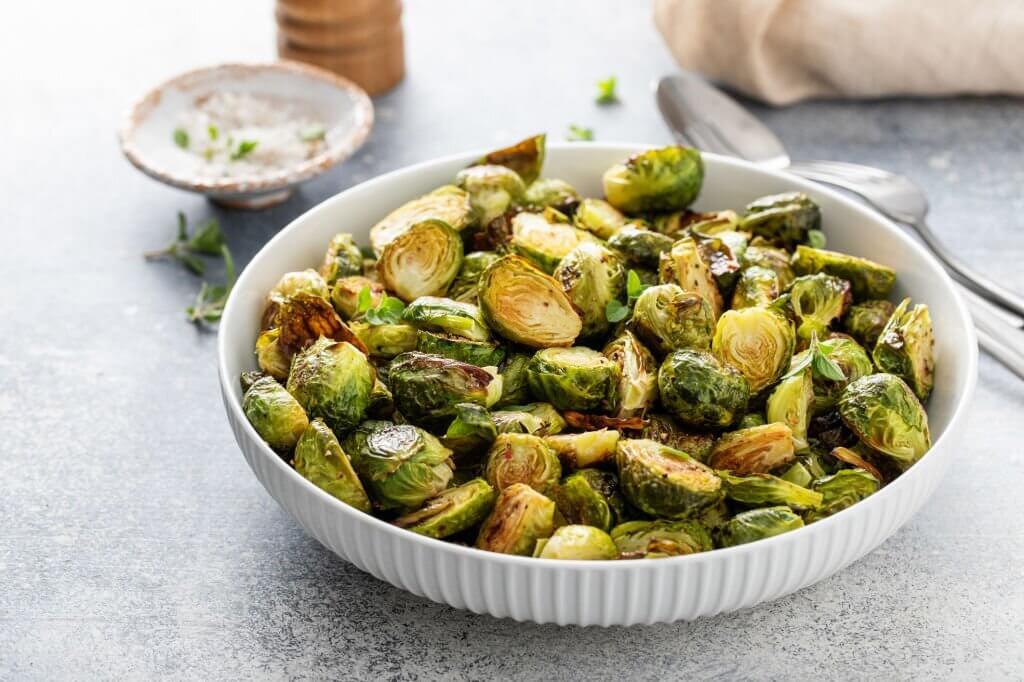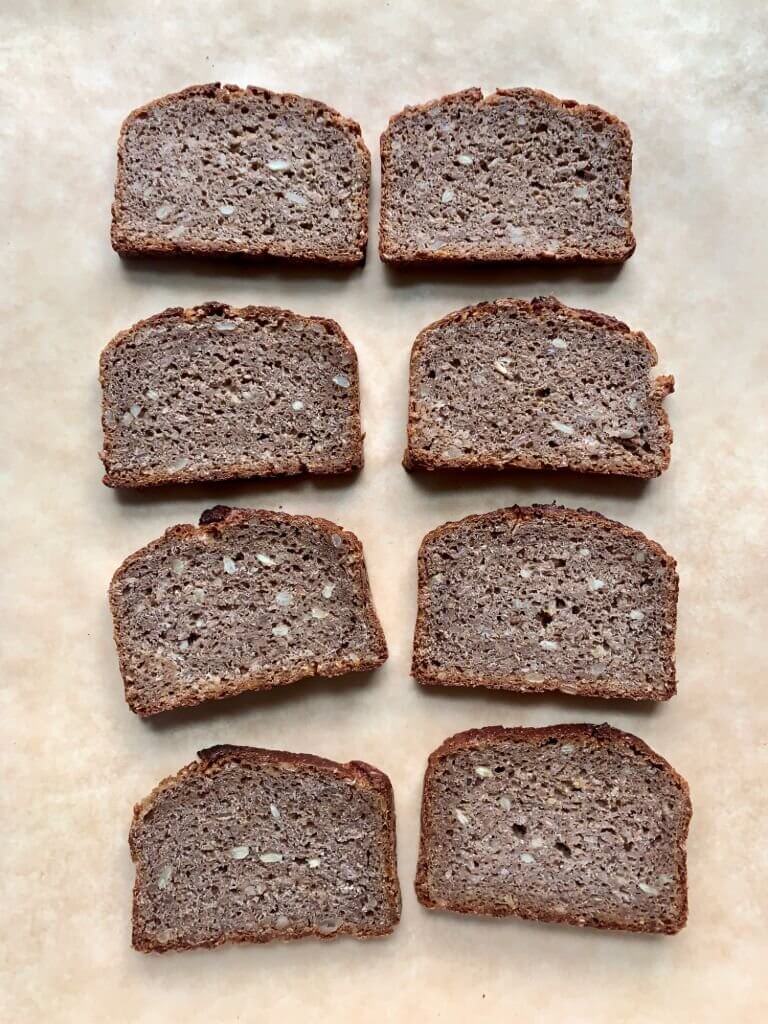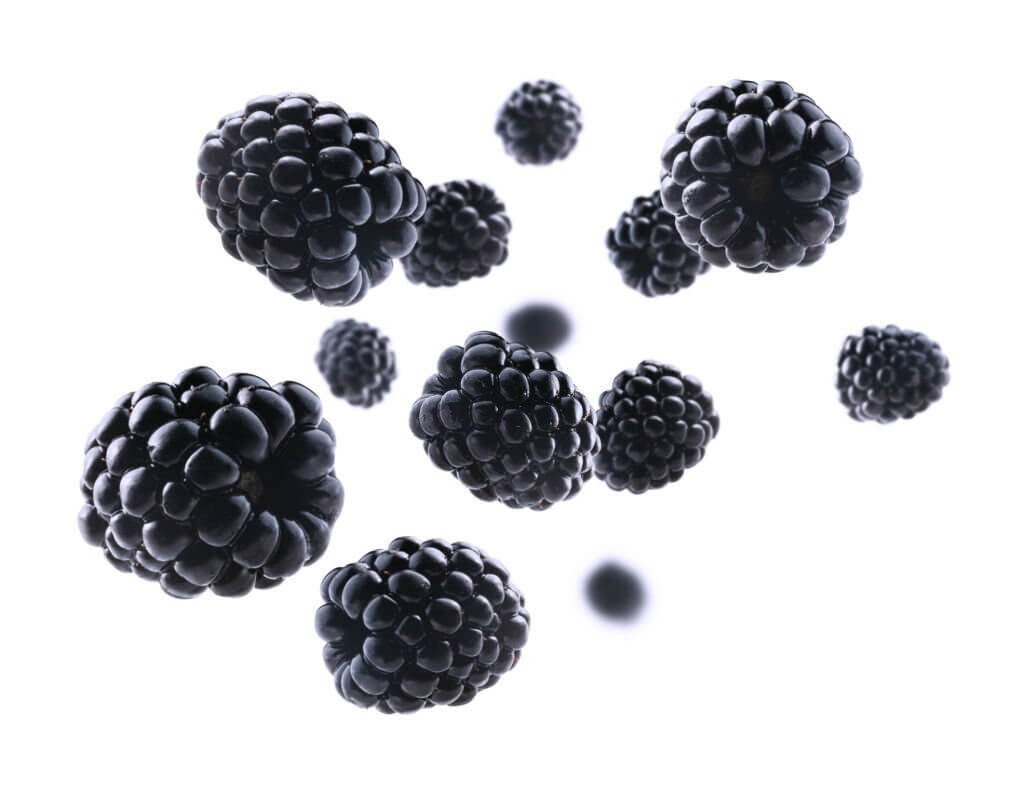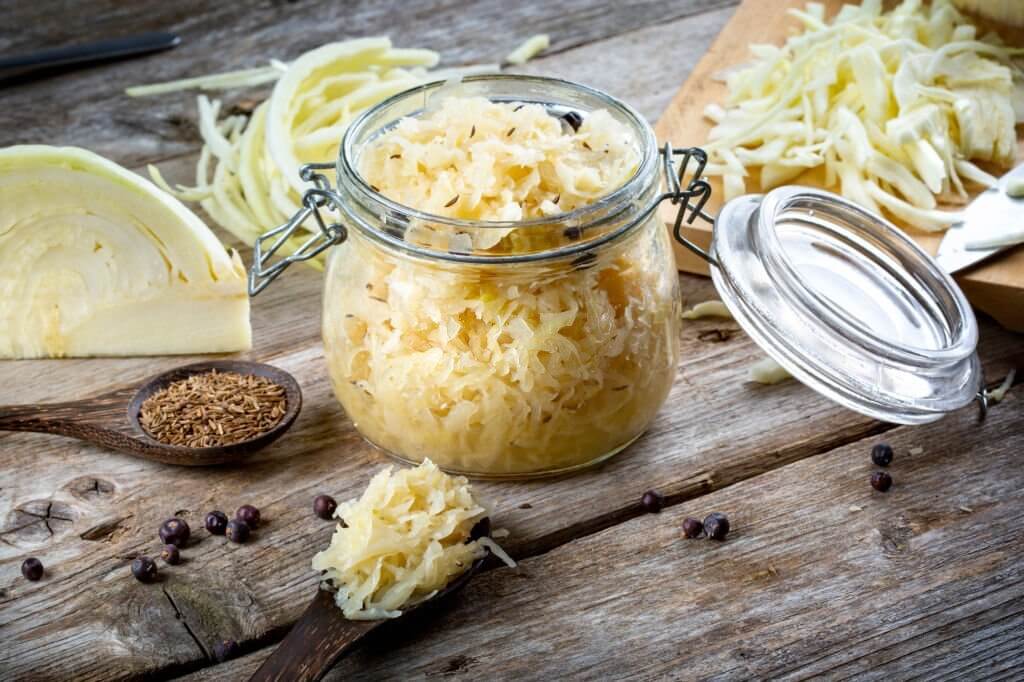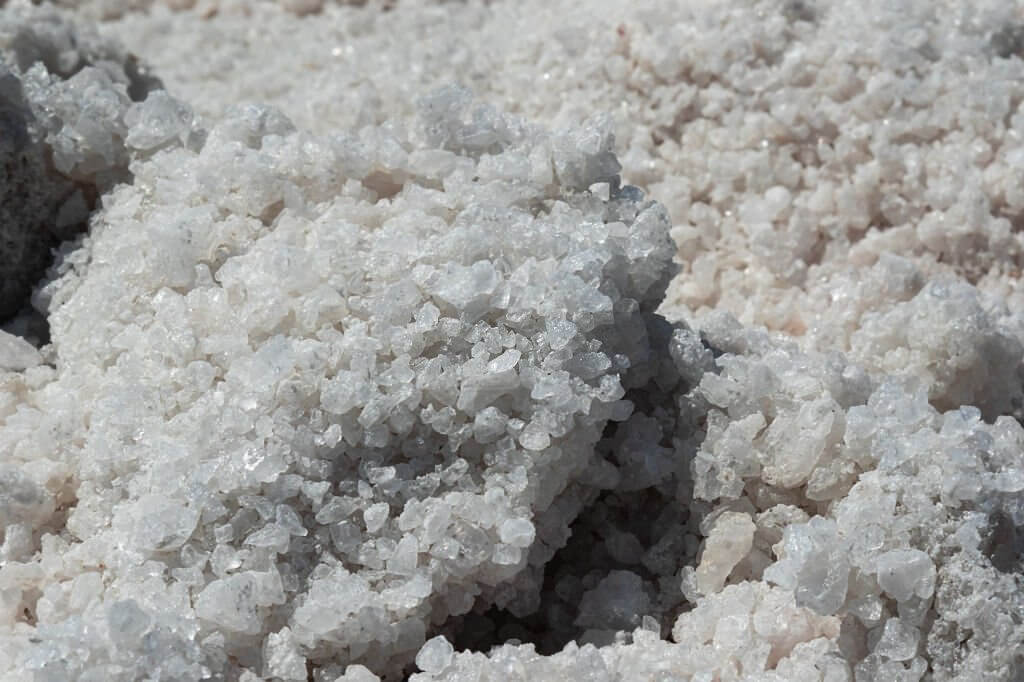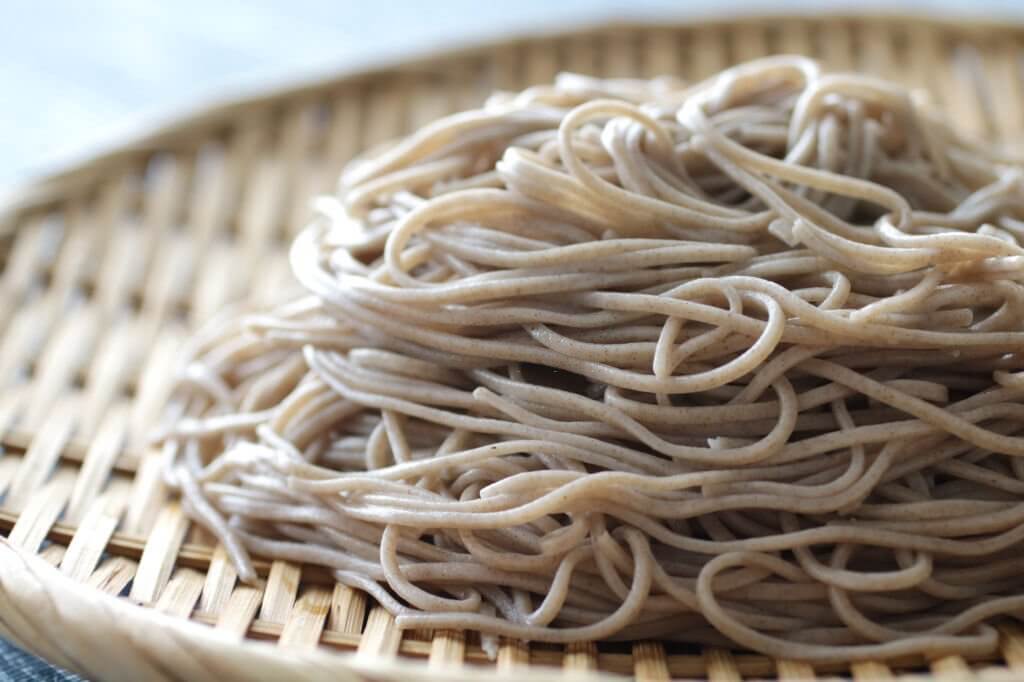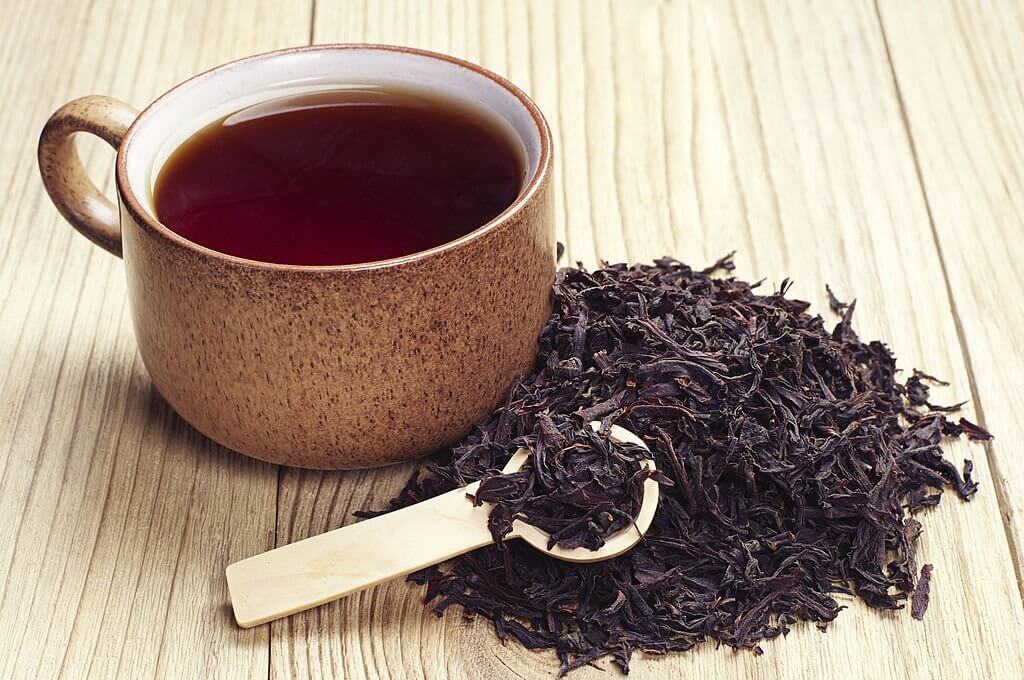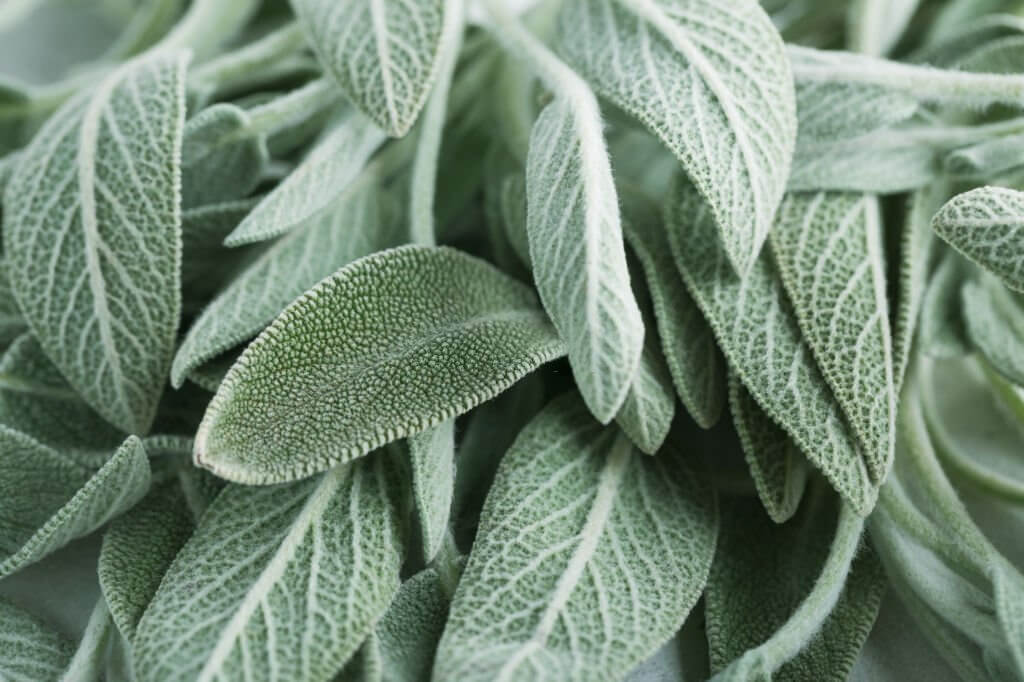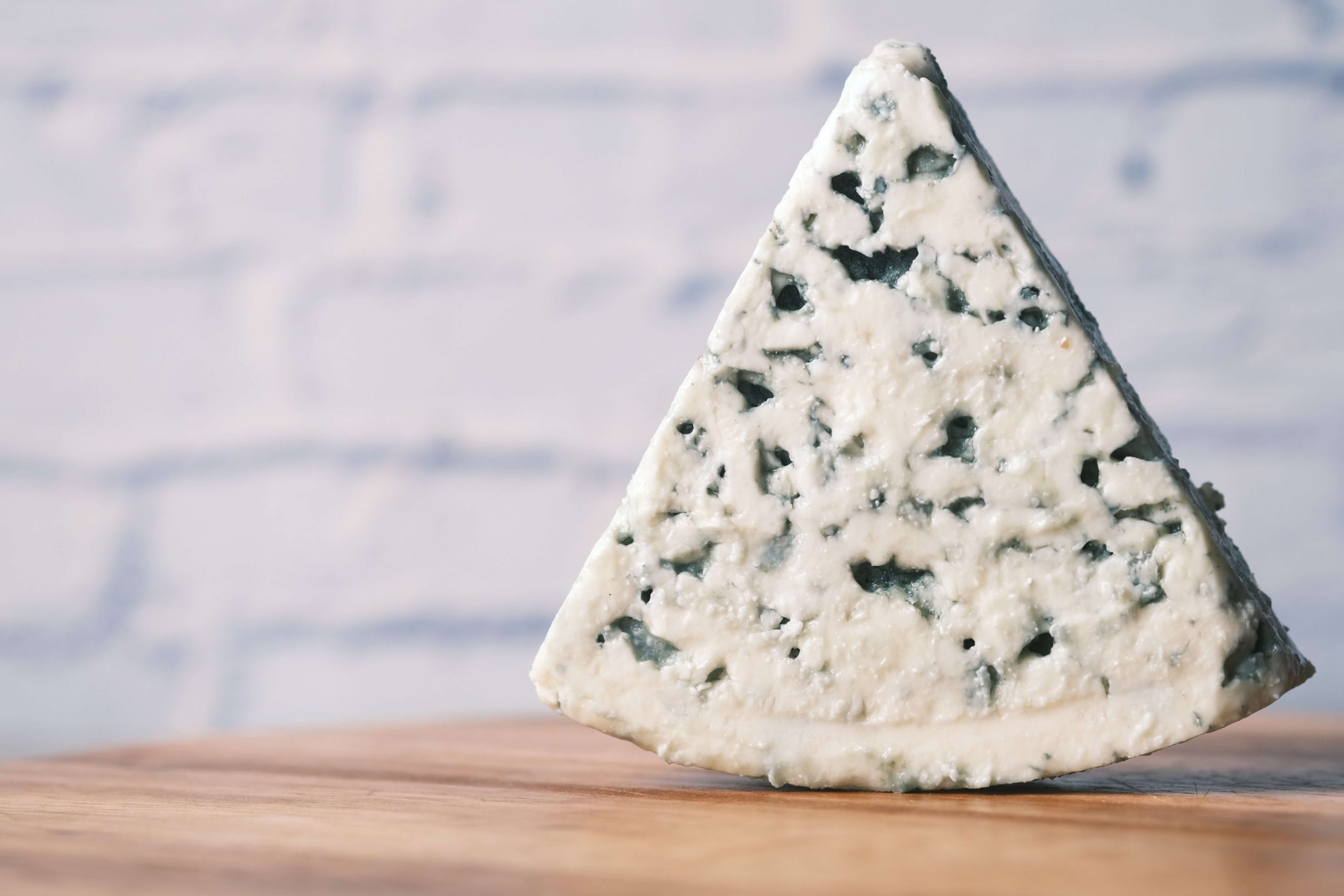In recent years, there has been a growing interest in healthy food, focusing on colorful fruits and vegetables like grey food. While these foods undoubtedly benefit our health, it’s essential to recognize the potential benefits of grey foods.
Grey foods, including mushrooms, whole grains, and seeds, are often ignored in favor of more brightly colored options. However, these foods can offer many health benefits and are essential to a balanced diet. In this article, we’ll explore the benefits of eating grey foods and why we should all consider incorporating more of them into our diets.
What Is Grey Food And Why Is It Important To Eat?
Grey foods refer to a category of foods that are predominantly grey, white, or black. Examples of grey foods include mushrooms, onions, garlic, quinoa, millet, black beans, chia seeds, and flax seeds, among others. While they may not be as visually appealing as brightly colored fruits and vegetables, grey foods are essential to eating for several reasons.
Firstly, many grey foods are fiber-rich and essential for maintaining a healthy digestive system. Whole grains like quinoa and millet are exceptionally high in fiber, as are legumes like black beans. Additionally, grey foods are often low in calories and nutrients, making them an ideal choice for those looking to maintain a healthy weight while still getting the nutrients they need.
Grey foods also often contain antioxidants, which can help to protect the body against damage from free radicals. Garlic, for example, contains compounds that have been shown to have potent antioxidant effects. Mushrooms, too, are a good source of antioxidants and other beneficial compounds like beta-glucans, which can help boost the immune system.
Health Benefits Of Eating Grey Foods
Incorporating more grey foods into your diet can offer various health benefits. Here are a few examples:
Rich In Fiber: Grey foods, such as whole grains, legumes, and seeds, are excellent sources of dietary fiber. Eating a diet high in fiber can help to regulate digestion, lower cholesterol levels, and reduce the risk of certain types of cancer.
Low In Calories: Many grey foods are low in calories, making them an excellent choice for weight management. For example, one cup of cooked quinoa contains 222 calories but is high in protein, fiber, and other nutrients.
Good For Heart Health: Grey foods, like black beans and chia seeds, are high in heart-healthy nutrients like potassium, magnesium, and omega-3 fatty acids. Eating these foods can help to lower blood pressure, reduce inflammation, and improve overall heart health.
Boost Immune System: Mushrooms are an excellent source of beta-glucans, which have been shown to boost the immune system. Garlic, another grey food, contains antiviral, antibacterial, and antifungal compounds.
Anti-Inflammatory Properties: Some grey foods, like onions and garlic, contain anti-inflammatory compounds that can help reduce inflammation. This can be particularly beneficial for people with arthritis or other inflammatory diseases.
Examples Of Grey Foods & Their Nutritional Value
1. Gray Mullet
Gray Mullet, or Mugil cephalus, is a fish species often overlooked as a food source. However, it is an excellent example of grey food with several nutritional benefits. Gray Mullet is a widely distributed fish found in coastal waters worldwide and is considered a sustainable seafood option.
Gray Mullet is low in fat and calories, making it an excellent choice for those looking to maintain a healthy weight. A 3.5-ounce serving of cooked Gray Mullet contains approximately 125 calories and only 1.5 grams of fat. It is also a good source of protein, with around 22 grams per serving. Protein is essential for building and repairing tissues in the body and can help keep you feeling full for extended periods.
In addition to being a good source of protein, Gray Mullet is also rich in essential nutrients. It is an excellent source of vitamin B12, which is necessary for healthy nerve function and red blood cell production. It also contains selenium, a mineral critical in thyroid function and the immune system.
Gray Mullet is also an excellent source of omega-3 fatty acids, which have been shown to have various health benefits. These healthy fats can help reduce inflammation, improve heart health, and support brain function.
2. Caviar
Caviar is a delicacy made from the eggs of sturgeon, a type of giant fish native to the Caspian and Black Sea regions. It is considered a grey food because its color ranges from light to dark grey, depending on the species of sturgeon from which it is harvested.
Despite its relatively small serving size, caviar is an incredibly nutrient-dense food. Caviar is high in protein, healthy fats, and vitamins and minerals. Here is a breakdown of the nutritional value of caviar per 100 grams:
Calories: 264
Protein: 24 grams
Fat: 17 grams
Omega-3 fatty acids: 2.9 grams
Vitamin A: 466 IU
Vitamin B12: 20.0 mcg
Iron: 3.0 mg
Sodium: 1,180 mg
Potassium: 91 mg
Caviar is an excellent source of vitamin B12, which is essential for maintaining healthy nerve cells and producing DNA. Additionally, caviar is a good source of iron, which is necessary for making hemoglobin in red blood cells and preventing anemia. It is also rich in omega-3 fatty acids for brain health and reducing inflammation.
3. Gray Clams
Gray clams are a type of shellfish that are commonly found in coastal regions around the world. They are called grey clams because of their color, which ranges from light grey to dark grey. Gray clams are an excellent source of many essential nutrients and can be a healthy addition to any diet.
Here Is A Breakdown Of The Nutritional Value Of Gray Clams Per 100 Grams:
Calories: 105
Protein: 22 grams
Fat: 1 gram
Omega-3 fatty acids: 0.1 grams
Vitamin C: 15 mg
Iron: 28 mg
Selenium: 45 mcg
Zinc: 2.3 mg
Gray clams are exceptionally high in protein, essential for building and repairing tissues in the body. They are also a good source of iron, which is necessary for producing hemoglobin in red blood cells and preventing anemia. Gray clams are one of the richest sources of dietary iron available.
Additionally, gray clams contain significant amounts of selenium. This vital antioxidant can help protect cells from damage caused by free radicals. They are also a good source of vitamin C, which is essential for immune function and skin health.
However, it is essential to note that shellfish like gray clams can be high in cholesterol and sodium, so individuals with high blood pressure or other health conditions should consume them in moderation. Gray clams can also be a source of harmful pollutants like mercury, so purchasing them from reputable sources and avoiding consuming them in large quantities is essential.
4. Gray Anchovies
Gray Anchovies are small, oily fish commonly consumed in various parts of the world, particularly in Mediterranean countries. They are known for their distinctive, salty flavor. They are often a critical ingredient in multiple dishes, such as salads, sandwiches, and pasta.
In terms of nutrition, Gray Anchovies are an excellent source of protein, omega-3 fatty acids, and various vitamins and minerals. A 100-gram serving of anchovies contains around 20 grams of protein, essential for building and repairing muscle tissue. They are also a good source of iron, calcium, and vitamin D for maintaining strong bones and teeth.
One of the most significant nutritional benefits of Gray Anchovies is their high content of omega-3 fatty acids. These healthy fats are essential for maintaining heart health and reducing the risk of various chronic diseases, including cancer and Alzheimer’s. Additionally, omega-3s have been shown to reduce inflammation in the body, which can help alleviate symptoms of conditions like arthritis.
Gray Anchovies are also a low-calorie food, with a 100-gram serving contains just 131 calories. This makes them an excellent option for losing or maintaining a healthy weight.
5. Mackerel
Mackerel is a type of fish commonly consumed in various parts of the world, particularly in Asia, Europe, and North America. It is known for its distinctive flavor and is often used in sushi, grilled fish, and fish cakes. Mackerel is also considered a grey food due to its color.
Mackerel is a highly nutritious food rich in protein, omega-3 fatty acids, and vitamins and minerals. A 100-gram serving of Mackerel contains around 20 grams of protein, essential for building and repairing muscle tissue.
One of the most significant nutritional benefits of Mackerel is its high content of omega-3 fatty acids. These healthy fats are essential for maintaining heart health and reducing the risk of various chronic diseases, including cancer and Alzheimer’s. Additionally, omega-3s have been shown to reduce inflammation in the body, which can help alleviate symptoms of conditions like arthritis.
Mackerel is a good vitamin D source for maintaining strong bones and teeth. A 100-gram serving of Mackerel contains around 200 international units of vitamin D, which is about 50% of the recommended daily intake.
Mackerel is also rich in several minerals, including selenium, magnesium, and potassium. Selenium is vital for maintaining a healthy immune system. At the same time, magnesium and potassium are essential for maintaining healthy muscles and nerves.
6. Oyster
Oysters are often called “grey food” due to their unique, greyish appearance. These marine mollusks are considered a delicacy in many parts of the world and are often consumed raw, baked, fried, or boiled. In addition to being delicious, oysters are packed with nutrients, making them a valuable addition to any diet.
Nutritional Value Of Oysters:
Protein: Oysters are an excellent source of high-quality protein. A 100-gram serving of raw oysters contains approximately 9 grams of protein equivalent to that found in an egg.
Vitamins And Minerals: Oysters are rich in various vitamins and minerals, including zinc, iron, vitamin B12, vitamin D, vitamin C, and vitamin A. Oysters are one of the best dietary sources of zinc, a mineral that plays a crucial role in immune function, wound healing, and cell growth.
Omega-3 Fatty Acids: Oysters are a good source of omega-3 fatty acids, essential for brain health, cardiovascular health, and reducing inflammation.
Low In Calories: Oysters are low in calories, with a 100-gram serving of raw oysters containing only 67 calories. This makes them an ideal food for those looking to maintain a healthy weight.
7. Gray Morels
Gray Morels are edible mushrooms with a greyish-brown color, hence the name “grey food.” Chefs and foragers often seek these mushrooms for their distinct flavor and texture. In addition to their culinary appeal, Gray Morels are a rich source of various nutrients that provide several health benefits.
Nutritional Value Of Gray Morels:
Protein: Gray Morels are an excellent source of protein, with a 100-gram serving of raw morels containing approximately 3.1 grams of protein.
Vitamins And Minerals: Gray Morels are rich in vitamins and minerals, including vitamin D, potassium, copper, iron, and zinc. They are also a good source of B vitamins for energy metabolism and brain function.
Fiber: Gray Morels are an excellent source of dietary fiber essential for maintaining digestive health and preventing constipation.
Antioxidants: Gray Morels contain antioxidants such as ergothioneine and glutathione, which protect the body against cellular damage caused by free radicals. These antioxidants also have anti-inflammatory properties, which may help reduce the risk of chronic diseases such as cancer, heart disease, and Alzheimer’s.
Low In Calories: Gray Morels are low in calories, with a 100-gram serving of raw morels containing only 20 calories. This makes them an ideal food for those looking to maintain a healthy weight.
8. Huitlacoche
Huitlacoche is an edible fungus that develops on corn ears; it is also known as “corn smut” or “Mexican truffle.” This unique ingredient is often used in traditional Mexican cuisine. It has a distinct flavor and texture, making it a favorite among many food enthusiasts. In addition to its culinary appeal, huitlacoche is a rich source of various nutrients that provide several health benefits.
Nutritional Value Of Huitlacoche:
Protein: Huitlacoche is a good source of protein, with a 100-gram serving of cooked huitlacoche containing approximately 7 grams of protein.
Vitamins And Minerals: Huitlacoche is rich in vitamins and minerals, including iron, potassium, magnesium, and calcium. It is also a good source of vitamin B12, which is essential for the formation of red blood cells and the maintenance of a healthy nervous system.
Fiber: Huitlacoche is a good source of dietary fiber essential for maintaining digestive health and preventing constipation.
Antioxidants: Huitlacoche contains various antioxidants, including phenolic compounds and flavonoids, which protect the body against cellular damage caused by free radicals. These antioxidants also have anti-inflammatory properties, which may help reduce the risk of chronic diseases such as cancer, heart disease, and Alzheimer’s.
Low In Calories: Huitlacoche is low in calories, with a 100-gram serving of cooked huitlacoche containing only 35 calories. Due to this, it is highly recommended for individuals who wish to maintain a healthy weight.
9. Yubari King Melon
Yubari King Melon is a type of cantaloupe melon grown in the Yubari region of Hokkaido, Japan. This rare and expensive fruit is highly prized for its sweet, juicy flesh and unique flavor and is often given as a gift or used in high-end desserts. In addition to its culinary appeal, Yubari King Melon is a rich source of various nutrients that provide several health benefits.
Nutritional Value Of Yubari King Melon:
Vitamins And Minerals: Yubari King Melon is rich in various vitamins and minerals, including vitamin C, vitamin A, potassium, and beta-carotene. These nutrients are crucial in maintaining healthy skin, promoting wound healing, and supporting the immune system.
Antioxidants: Yubari King Melon contains various antioxidants, including carotenoids and flavonoids, which protect the body against cellular damage caused by free radicals. These antioxidants also have anti-inflammatory properties, which may help reduce the risk of chronic diseases such as cancer, heart disease, and Alzheimer’s.
Hydration: Yubari King Melon is high in water content, with a 100-gram serving of fresh melon containing approximately 90% water. This makes it an excellent food for promoting hydration and maintaining healthy skin and hair.
Low In Calories: Yubari King Melon is low in calories, with a 100-gram serving of fresh melon containing only 34 calories. Due to this, it is highly recommended for individuals who wish to maintain a healthy weight.
10. Baobab Fruit
Baobab fruit, also known as the “tree of life,” is a fruit that grows on baobab trees in Africa. This unique fruit has a tangy and citrusy flavor and is often used in traditional African cuisine. In addition to its culinary appeal, baobab fruit is a rich source of various nutrients that provide several health benefits.
Nutritional Value Of Baobab Fruit:
Vitamin C: Baobab fruit is an excellent source of vitamin C, with a 100-gram serving of fresh fruit containing six times more vitamin C than oranges. Vitamin C is a powerful antioxidant that helps protect the body against cellular damage caused by free radicals and supports the immune system.
Fiber: Baobab fruit is a good source of dietary fiber, with a 100-gram serving of fresh fruit containing approximately 50% of the recommended daily intake. Fiber is essential for maintaining digestive health, reducing cholesterol levels, and preventing constipation.
Antioxidants: Baobab fruit is rich in various antioxidants, including phenolic compounds and flavonoids, which protect the body against cellular damage caused by free radicals. These antioxidants also have anti-inflammatory properties, which may help reduce the risk of chronic diseases such as cancer, heart disease, and Alzheimer’s.
Calcium And Potassium: Baobab fruit is a good source of calcium and potassium, essential for maintaining healthy bones, muscles, and nerve function.
Low In Calories: Baobab fruit is low in calories, with a 100-gram serving of fresh fruit containing only 70 calories. Due to this, it is highly recommended for individuals who wish to maintain a healthy weight.
11. Gray Hubbard Squash
Gray Hubbard squash, also known as Grey squash, is a large, oblong-shaped winter squash with grayish-blue skin and deep orange flesh. This variety of squash is native to North America and has been cultivated for centuries. It is a member of the Cucurbita maxima family, including pumpkin, acorn squash, and butternut squash.
As a grey food, Gray Hubbard squash may not be the most visually appealing, but it is packed with nutrition. It is a low-calorie food, with just 52 calories per cup of cooked squash, making it an excellent choice for those looking to manage their weight. Additionally, it is a good source of fiber, with 3 grams per cup, which can help keep you full and satisfied.
Gray Hubbard squash is also rich in vitamins and minerals, including vitamins A, C, Potassium, and iron.
Gray Hubbard squash is a nutritious and versatile food in various recipes, including soups, stews, casseroles, and roasted dishes. Its unique flavor and texture make it a delicious addition to any meal. At the same time, its high nutritional content provides numerous health benefits.
12. Gray Bannock
Gray bannock, oatcake, or griddle cake, is a traditional Scottish bread made from oatmeal, water, and salt. It is called “gray” because of its pale, grayish color, resulting from the oatmeal used in the recipe. Gray bannock has been a staple food in Scotland for centuries and is still enjoyed today.
As a gray food, gray bannock may not be the most colorful or visually appealing food. Still, it is a nutritious and filling option. Oatmeal, the main ingredient in gray bannock, is a good source of carbohydrates and fiber, which can help keep you feeling full and satisfied.
Additionally, gray bannock is low in fat and calories, with just 50 calories and 1 gram of fat per small oatcake. This makes it an excellent choice for those looking to manage their weight or maintain a healthy diet.
Gray bannock is also a good source of several essential vitamins and minerals, including:
Iron: Oatmeal is a good source of iron, which is essential for transporting oxygen throughout the body and maintaining healthy red blood cells.
Magnesium: Oatmeal is rich in magnesium, which is essential for healthy muscle and nerve function and plays a role in maintaining healthy bones.
Vitamin B1: Oatmeal contains vitamin B1, also known as thiamin, which is essential for converting food into energy and maintaining healthy nerve function.
Zinc: Oatmeal is a good source of zinc, which is essential for maintaining a healthy immune system and supporting wound healing.
13. Quinoa
Quinoa is a pseudocereal considered a superfood and is native to the Andean region of South America. It has been cultivated for over 5,000 years. It is available in various colors, including white, red, black, and gray. Although gray quinoa may not be the most visually appealing, it is nutritious and provides numerous health benefits.
One of the critical benefits of quinoa is its complete protein content, meaning it contains all nine essential amino acids that the body cannot produce on its own. This makes quinoa an excellent choice for vegetarians, vegans, and anyone looking to increase their protein intake.
Additionally, quinoa is a good source of fiber, which is essential for maintaining healthy digestion, lowering cholesterol levels, and keeping you full and satisfied.
Quinoa is also rich in essential vitamins and minerals, including iron, magnesium, manganese, phosphorus, and zinc. Iron is necessary for transporting oxygen throughout the body and maintaining healthy red blood cells.
At the same time, magnesium is essential for healthy muscle and nerve function. It plays a role in maintaining healthy bones. Manganese is necessary for bone health and plays a role in wound healing.
At the same time, phosphorus is essential for healthy bone and tooth formation and plays a role in energy metabolism. Finally, zinc is important for maintaining a healthy immune system and healing wounds.
14. Oatmeal
Oatmeal is a type of porridge made from ground or rolled oats with a grayish-brown color. It is a popular breakfast food with a high nutritional value, making it a healthy choice for many people.
Oatmeal is a complex carbohydrate that provides the body with energy and helps to keep you feeling full and satisfied throughout the morning. It is also an excellent dietary fiber source, including soluble and insoluble fibers. Soluble fiber has been shown to help lower cholesterol levels. In contrast, insoluble fiber promotes healthy digestion and can help prevent constipation.
In addition to fiber, oatmeal is also rich in vitamins and minerals, including thiamin, magnesium, phosphorus, and zinc. Thiamin is essential for maintaining healthy nervous system function and can help improve mood and energy levels. Magnesium is essential for healthy muscle and nerve function, while phosphorus plays a role in maintaining healthy bones and teeth. Finally, zinc is important for maintaining a healthy immune system and healing wounds.
Oatmeal also contains antioxidants, including avenanthramides, which have been shown to have anti-inflammatory properties and may help protect against heart disease and other chronic illnesses. Additionally, oatmeal has a low glycemic index, which means it does not cause a rapid increase in blood sugar levels, making it a good choice for people with diabetes or anyone looking to maintain stable blood sugar levels.
15. Silken Tofu
Silken tofu is a type of tofu that has a soft, silky texture and is commonly used in many Asian cuisines. It is often called “grey food” due to its pale color and lack of visible texture.
Despite its unassuming appearance, silken tofu is a nutritional powerhouse, rich in protein, iron, calcium, and other essential nutrients. It is also low in calories and fat, making it a popular choice for those seeking a healthy and balanced diet.
One of the silken tofu’s most impressive nutritional benefits is its high protein content. Just one cup of silken tofu can contain up to 20 grams of protein, making it an excellent source of protein for vegans, vegetarians, and those looking to reduce their meat intake.
In addition to its protein content, silken tofu is also a good source of iron. This essential mineral plays a crucial role in the production of red blood cells. Iron is particularly important for women, who are more prone to iron deficiency due to menstruation.
Calcium is another essential nutrient found in silken tofu. Calcium is important for building strong bones and teeth, as well as for nerve function and muscle contraction. One cup of silken tofu can contain up to 20% of the recommended calcium intake, making it a great option for those looking to boost their calcium intake.
16. Brussels Sprouts
Brussels sprouts have a controversial reputation regarding their taste and appearance. Some consider them grey and unappealing, while others enjoy their unique flavor and texture. However, despite their divisive nature, Brussels sprouts are a nutrient-dense vegetable with numerous health benefits.
These mini-cabbages are low in calories but high in fiber, aiding digestion and promoting feelings of fullness. They also contain vitamins C, K, and A, supporting immune function, blood clotting, and vision health. Additionally, Brussels sprouts are a good source of folate, essential for fetal development during pregnancy.
Interestingly, how Brussels sprouts are prepared can significantly affect their nutritional value. Boiling or overcooking can cause the loss of some vitamins and minerals while roasting or sautéing can help to retain these nutrients. So, even if you’re not a fan of their appearance, it may be worth giving Brussels sprouts another chance for the sake of your health.
17. Pumpernickel Bread
Pumpernickel bread is a type of bread that is known for its distinctive dark color, which some people might describe as grey. Despite its unique appearance, pumpernickel bread can offer various nutritional benefits, making it a healthy addition to one’s diet.
This bread is made from rye flour, which is high in fiber and can promote feelings of fullness. It also contains vitamins B1, B2, and B3, crucial for energy metabolism and cognitive function. Additionally, pumpernickel bread is rich in antioxidants, protecting the body against cellular damage and reducing the risk of chronic diseases.
Interestingly, making pumpernickel bread can significantly affect its nutritional content. Traditional pumpernickel bread is made by slow-baking the dough at a low temperature for an extended period, which can help to preserve the nutrients in the bread. On the other hand, some commercial varieties of pumpernickel bread may contain added sugars and preservatives, which can negate some of the bread’s health benefits.
18. Blackberries
Blackberries are a type of fruit that can sometimes be perceived as having a greyish tint, particularly when they are overripe or stored for a prolonged period. Despite their somewhat dull appearance, blackberries are a flavorful and nutritious food offering several health benefits.
These berries are low in calories but high in fiber, promoting digestive health and feelings of fullness. They also contain high levels of vitamin C, which can support immune function and collagen production. Additionally, blackberries are rich in antioxidants, protecting the body against cellular damage and reducing the risk of chronic diseases such as cancer and heart disease.
Interestingly, the nutritional content of blackberries can vary depending on their ripeness and storage conditions. Overripe or improperly stored blackberries may have a lower nutrient content than fresh berries. However, freezing blackberries can help to preserve their nutritional value, as the freezing process can help to retain some of the antioxidants and vitamins in the fruit.
19. Sauerkraut
Sauerkraut is a fermented food known for its tangy flavor and distinctively greyish appearance. Despite its somewhat unusual color, sauerkraut is a nutritious food with several health benefits.
This fermented cabbage is a good source of probiotics, which are beneficial bacteria that can support digestive health and boost the immune system. Sauerkraut is also rich in vitamin C, which can promote collagen production and support immune function. Additionally, sauerkraut contains high levels of fiber, which can promote digestive health and feelings of fullness.
Interestingly, fermenting cabbage to make sauerkraut can significantly affect its nutritional content. During fermentation, the beneficial bacteria in sauerkraut can help break down the cabbage and make its nutrients more easily digestible. Additionally, some studies suggest that the fermentation process can increase the antioxidant content of sauerkraut.
20. Gray Salt
Gray salt is a sea salt known for its distinctively grey color and coarse texture. Despite its unusual appearance, gray salt can offer several nutritional benefits, making it a healthy addition to one’s diet.
This salt is rich in minerals such as magnesium, calcium, and potassium, which are important for bone health, muscle function, and fluid balance in the body. Gray salt is also lower in sodium than other salt types, which can benefit those looking to reduce their sodium intake.
Interestingly, gray salt’s unique color and texture can be attributed to how it is harvested. Gray salt is typically hand-harvested from salt ponds, where it is exposed to the sun and wind, which can give it its characteristic grey hue and coarse texture. This harvesting process can help retain the salt’s natural mineral content, as it is not refined or processed like some other types of salt.
21. Soba Noodles
Soba noodles are a type of Japanese noodle that is often referred to as grey due to their distinctive color. Despite their grey appearance, soba noodles are a nutritious food with several health benefits.
Made from buckwheat flour, soba noodles are a good protein, fiber, and complex carbohydrate source. They are also low in fat and calories, making them a great option for those looking to maintain a healthy weight. Soba noodles contain several important vitamins and minerals, including thiamin, niacin, and manganese.
One unique aspect of soba noodles is their ability to lower cholesterol levels. The high fiber content in soba noodles can help prevent cholesterol absorption in the body, which can reduce the risk of heart disease and other related health conditions.
Interestingly, the nutritional content of soba noodles can vary depending on how they are prepared and served. Soba noodles served cold with dipping sauce, for example, may have a higher nutrient content than those served hot in soups or stir-fries.
22. Black Tea
When it comes to black tea is often seen as a staple in many households and has been consumed for centuries. Despite its popularity, there is a lot of uncertainty surrounding its nutritional value.
Some studies have suggested that black tea is rich in antioxidants and can aid in reducing the risk of certain chronic diseases. However, the exact composition of these antioxidants and their effects on the human body still needs to be better understood.
Black tea is a complex and multifaceted ingredient with culinary and potential health benefits. Its flavor and aroma can add depth to various dishes, from desserts to savory dishes.
Additionally, while black tea is commonly viewed as a beverage, it can also be considered a grey food due to its versatility in cooking and baking. This unique characteristic makes it an interesting ingredient to experiment with in the kitchen. However, due to its caffeine content, consuming black tea in moderation is recommended.
23. Sage
Sage is a culinary herb used for centuries in various dishes. While its distinct flavor and aroma make it a popular ingredient, its nutritional value is often overlooked. Sage is rich in antioxidants and anti-inflammatory compounds, which may provide various health benefits.
Sage can also be viewed as a grey food due to its versatility in cooking. It can flavor dishes ranging from roasted meats to soups and stews. However, these compounds’ exact composition and effects still need to be fully understood.
Overall, sage is a complex and multifaceted herb that adds flavor and potential health benefits to various dishes. Additionally, it has been suggested that sage may improve cognitive function and memory, making it a popular ingredient in herbal remedies.
Despite its potential health benefits, it is important to note that sage contains thujone. This compound can be toxic in high doses. Therefore, it is recommended to consume sage in moderation.
24. Appenzeller Cheese
Appenzeller cheese is a versatile ingredient that has been enjoyed for centuries. Its distinct flavor and texture make it popular in many dishes, from sandwiches to soups and stews. While its culinary value is well-known, its nutritional value should be noticed. Appenzeller cheese is rich in protein and calcium, important for maintaining strong bones and muscles.
However, it is also high in fat and sodium, which may have negative health effects if consumed excessively. Despite this, it can still be enjoyed as a balanced diet. Appenzeller cheese can be viewed as a grey food due to its versatility in cooking. It’s versatile enough to enhance the flavor of a wide range of foods.
Appenzeller cheese is a complex ingredient offering culinary and potential health benefits. Its unique flavor and texture make it a valuable addition to any kitchen. Appenzeller cheese is often paired with wine or beer, making it a popular ingredient for entertaining.
25. Gray Owl Cheese
Gray Owl cheese is a type of cheese that is characterized by its grayish rind and creamy interior. It is a soft-ripened cheese made from goat’s milk and aged for a few weeks to develop its distinctive flavor. Despite its unusual appearance, Gray Owl cheese is quite nutritious and offers a range of health benefits.
One of the key nutritional benefits of Gray Owl cheese is its high protein content. Protein is essential for building and repairing muscle tissue. It also plays a crucial role in maintaining a healthy immune system. Goat’s milk is naturally high in protein, reflected in the cheese.
In addition to its protein content, Gray Owl cheese is also a good source of calcium. Calcium is important for maintaining strong bones and teeth and helps regulate blood pressure and support muscle function. As a dairy product, Gray Owl cheese is a particularly good source of calcium, making it an excellent addition to a balanced diet.
Despite its gray appearance, Gray Owl cheese is also high in antioxidants. These compounds help protect the body against damage from free radicals, which are harmful molecules that can contribute to the development of various diseases, including cancer and heart disease. Antioxidants are found in a range of plant-based foods. Still, they are also in small amounts in some animal products, including cheese.
26. Gray Ice Cream
The concept of gray ice cream may seem strange and distasteful to some, but it is a popular trend in certain parts of the world. The gray color comes from using activated charcoal as an ingredient, which is believed to have detoxifying properties. While the nutritional value of activated charcoal is still up for debate, gray ice cream is often made with high-quality ingredients. It can be a tasty treat in moderation.
Interestingly, the popularity of gray food extends beyond just ice cream. Gray-colored foods like black garlic, squid ink pasta, and even gray-colored fruits and vegetables like plums and mushrooms have all been gaining popularity in recent years. While the unusual color may put some people off, others are drawn to the novelty and uniqueness of gray foods.
Despite its trendy status, it’s important to remember that gray ice cream, like all foods, should be consumed in moderation as part of a balanced diet. While it may not be the most nutritious food, enjoying a scoop of gray ice cream now and then can be a fun and delicious way to mix up your dessert routine.
How To Incorporate More Grey Foods Into Your Diet
Incorporating more gray foods into your diet may seem daunting. Still, with a little creativity and willingness to try new things, it can be a fun and delicious way to boost your nutrition intake. One way to start is by experimenting with gray fruits and vegetables like plums, mushrooms, and blackberries. These foods are not only visually appealing but are also packed with essential vitamins and minerals.
Another way to incorporate gray foods is activated charcoal into your meals. Activated charcoal has become popular in the culinary world due to its detoxifying properties. It can be added to smoothies, juices, and even baked goods.
However, it’s important to note that activated charcoal can bind to certain medications and supplements. Hence, it’s important to consult with a healthcare professional before incorporating it into your diet.
Conclusion
While grey foods may not be as flashy as others, they are important to a healthy, balanced diet. By incorporating more grey foods into our diets, we can ensure that we get all the nutrients we need to support good health and well-being.

